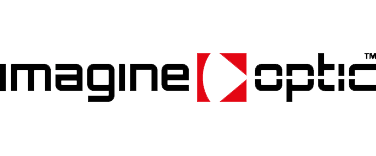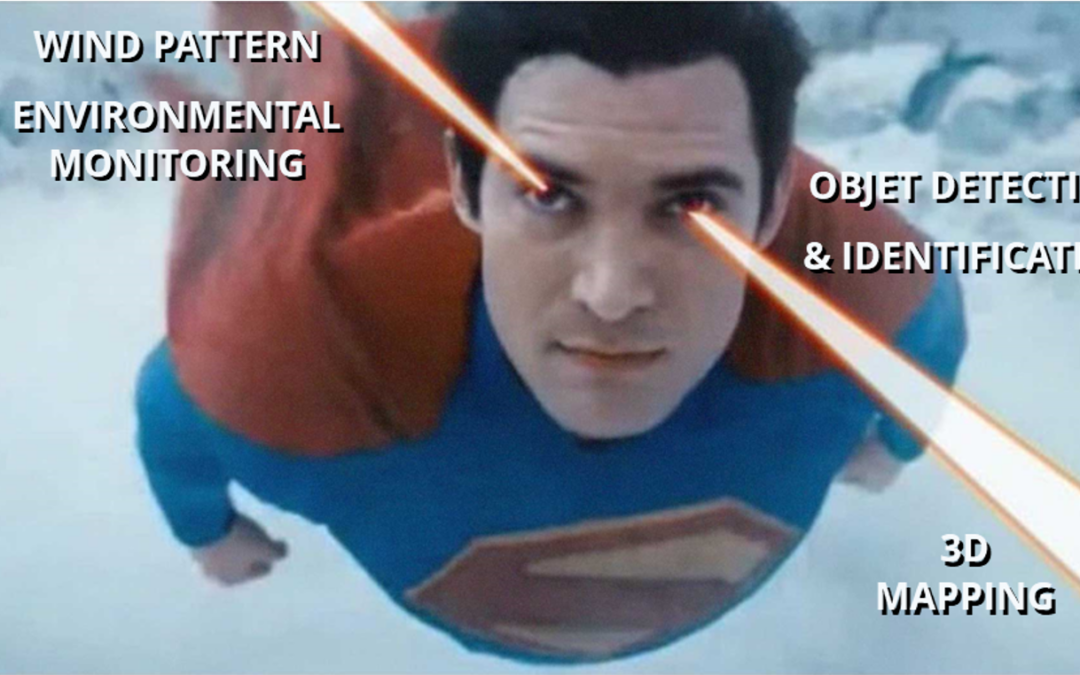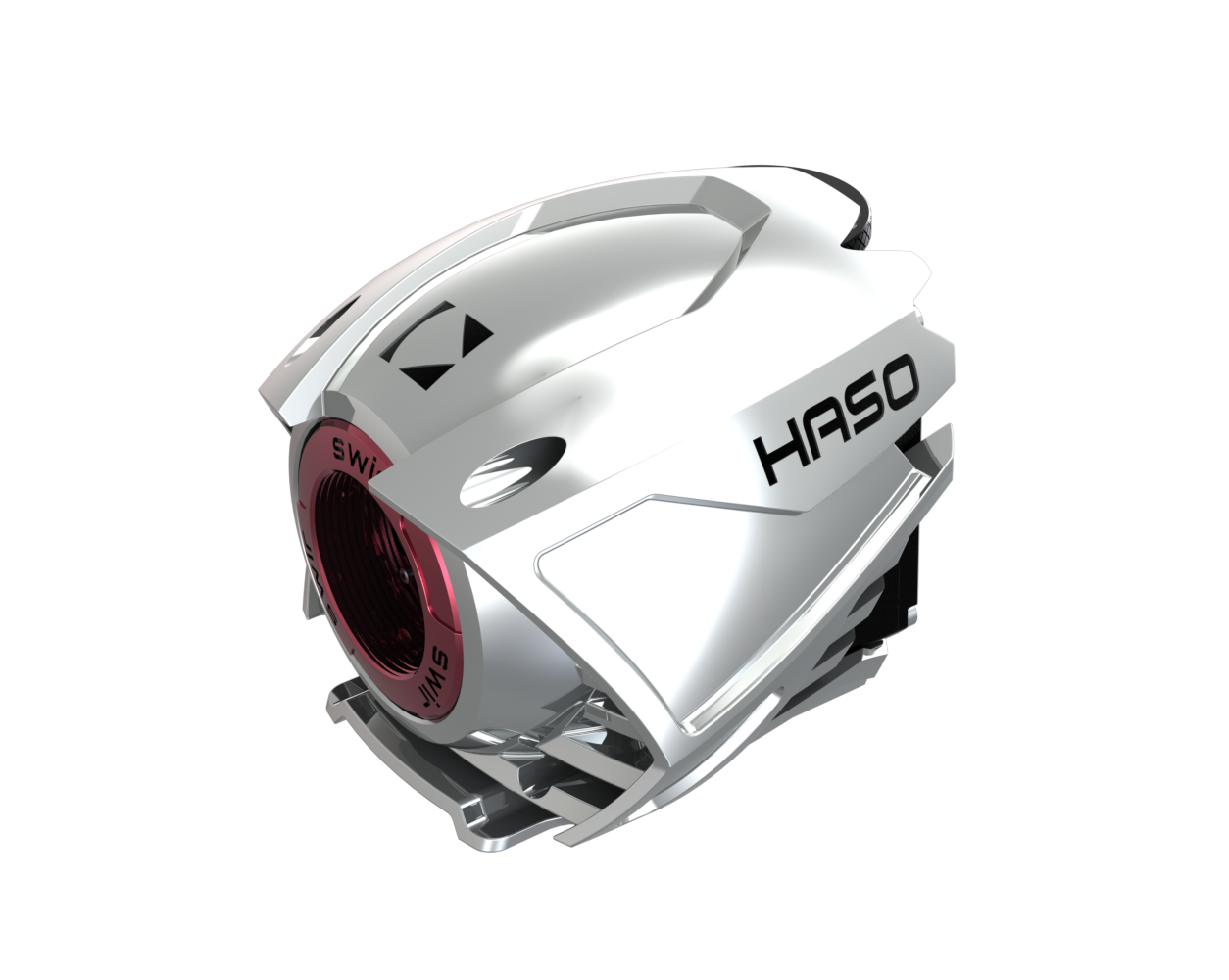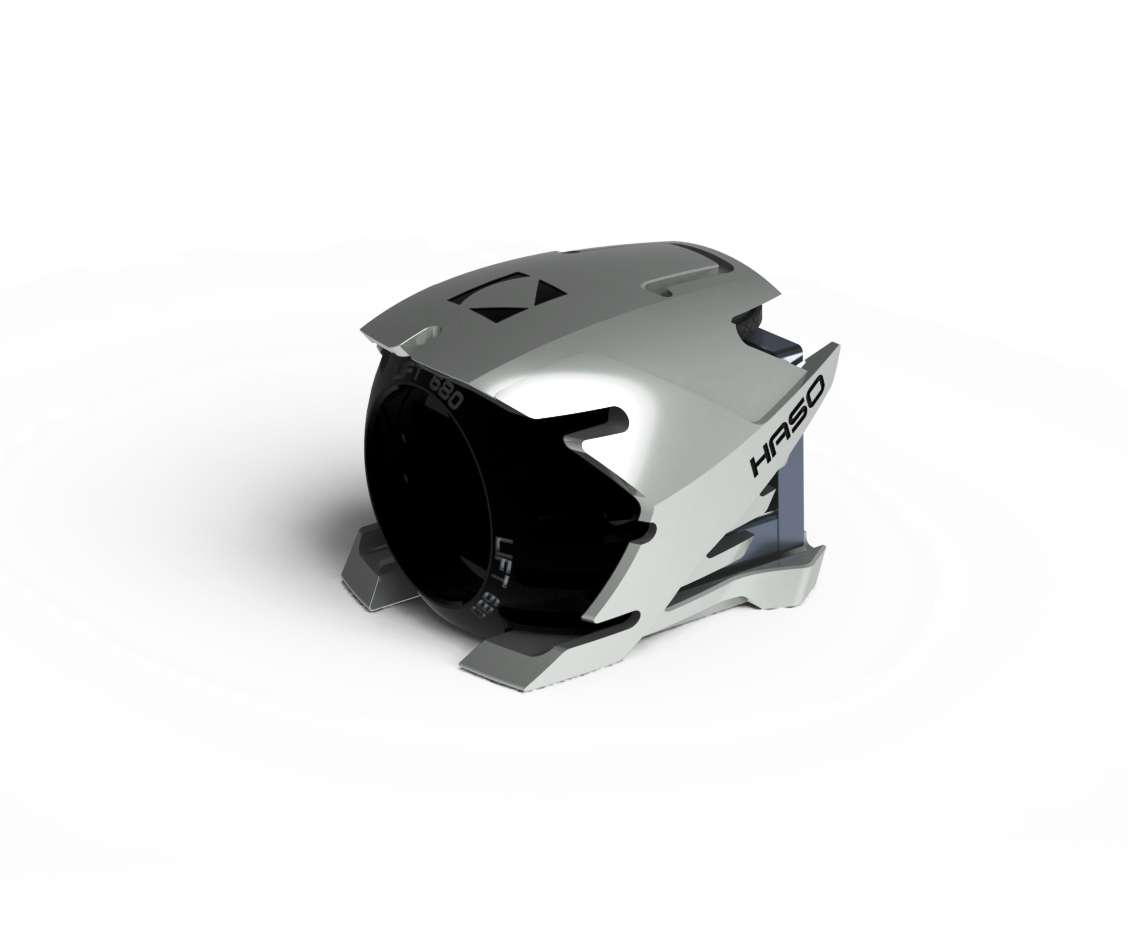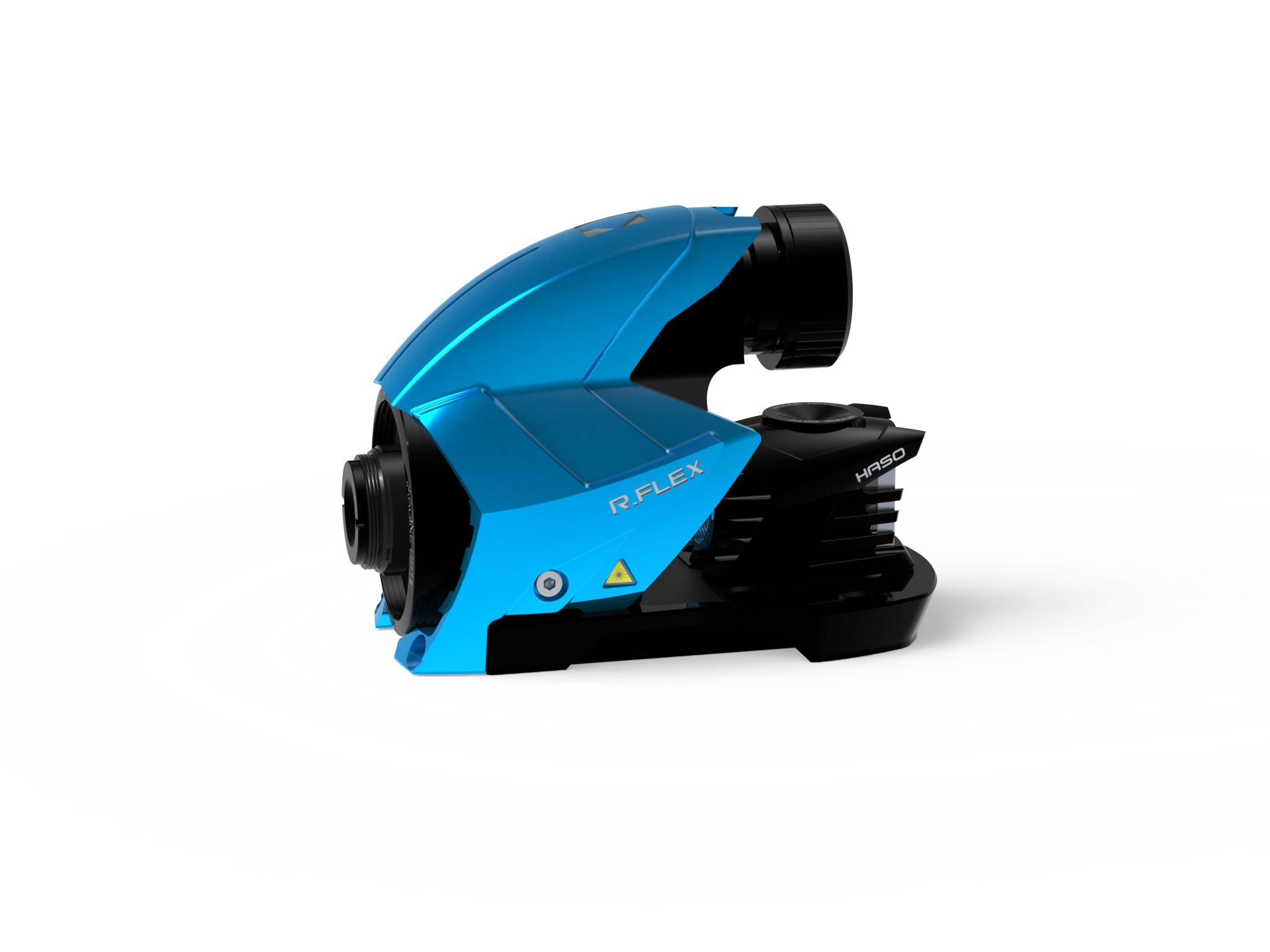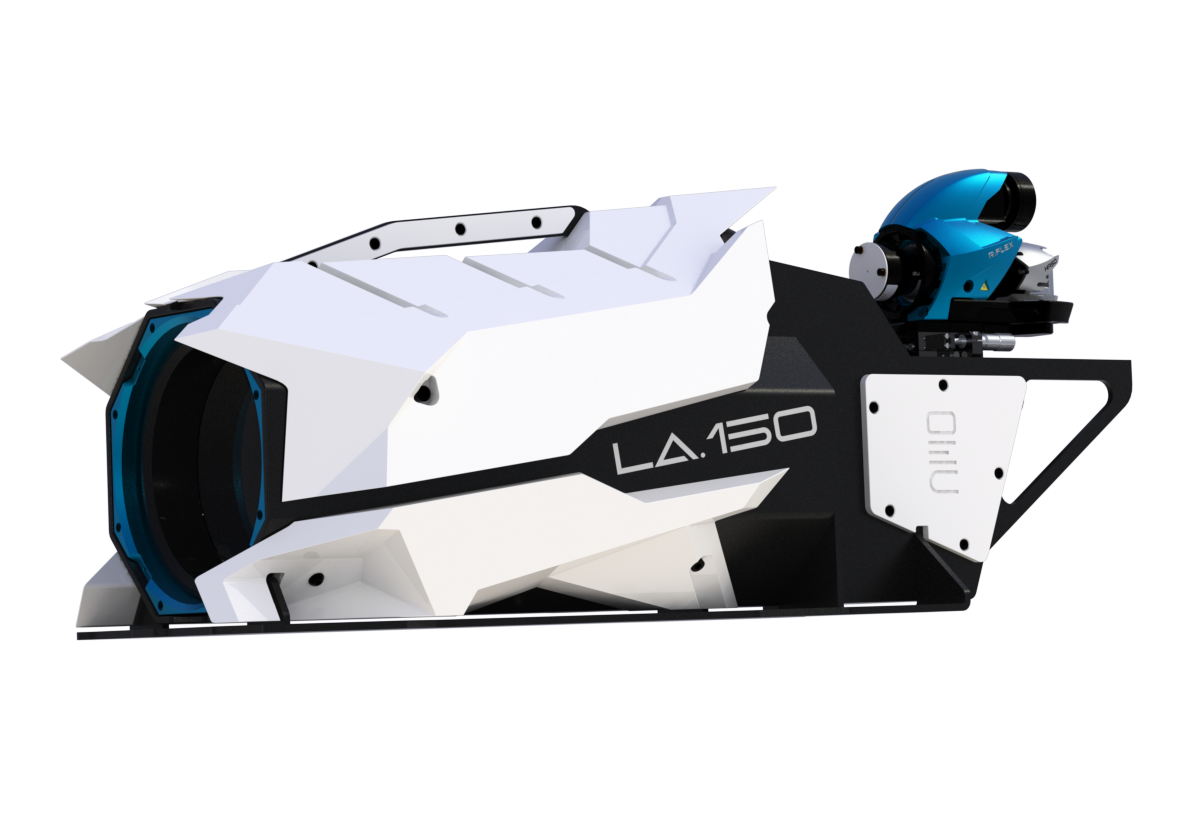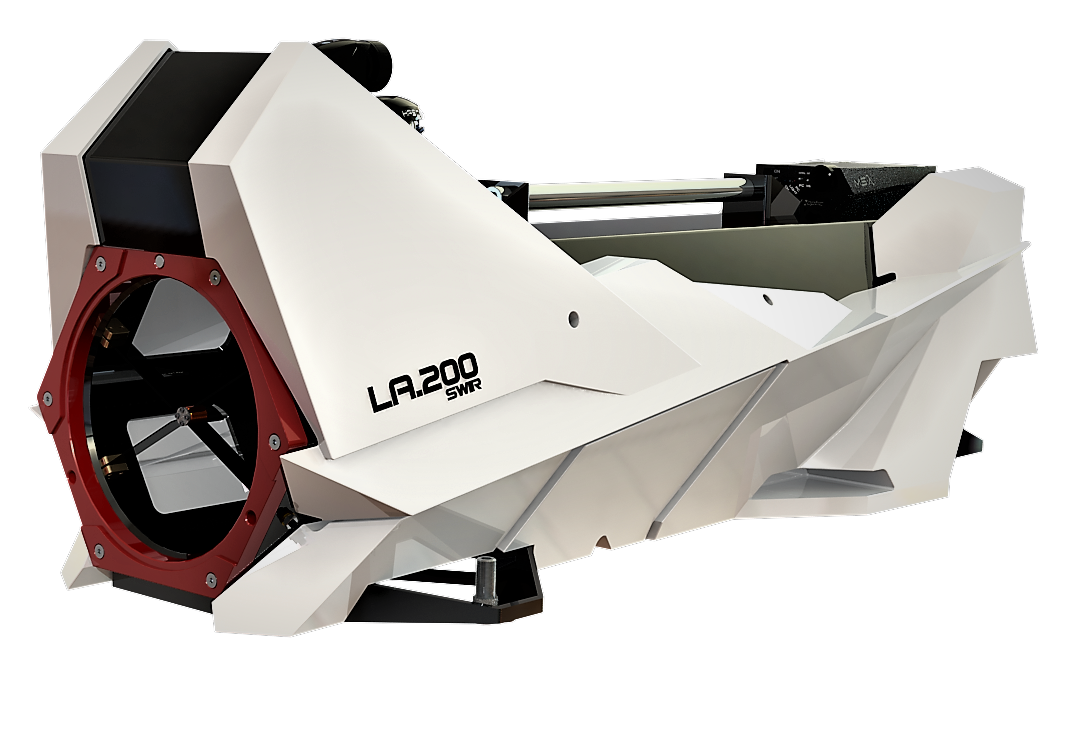Lidar testing and alignment. Is superman just an early LIDAR adopter? and simply masters all its features to perfection?
Superman’s arrival on earth corresponds to the invention of the laser and LIDAR (acronym for Light Detection and Ranging) technology. Are the two linked? Would he have brought the techno in his spacecraft? We’ll probably never know, but the coincidence is remarkable.
Especially when you consider that all the applications of LIDAR are particularly useful to him and he masters them all…
Lidar applications
+ Seeing through the canopy,
+ Scanning buildings for quality control,
+ Exploring underwater bathymetry,
+ Mapping surroundings in 3D and identifying objects,
+ Locating terrain anomalies,
+ Measuring the atmosphere,
+ Analyzing wind pattern
Whatever the application listed and as stated by its acronym, the LIDAR implementation is light(laser)-based. Therefore, the quality of the optics, its precision assembly and the alignment of its emission or reception path is of utmost importance for its performance.
Lidar testing and alignment
+ Imagine Optic offers a large lineup of optical metrology solutions, wavefront sensors and optical setups to test protective windows, refractive optics and mirrors with a very high accuracy -absolute measurement at lambda/100 RMS or better- in a very practical way thanks to the factory calibration.
+ Imagine Optic wavefront sensors measure aberrations in live enabling active alignment and optimization of optical path based on the basis of quantitative parameters. The breakdown of aberrations by ‘Zernike coefficients’ identifies source of aberrations and the exact degree of freedom on which to act.
+ Phase-based parameters tracking improves production quality and throughput: adjustment of LIDAR working distance thanks to ‘Radius of curvature’ information, adjustment of beam pointing, collinearity and stability thanks to ‘Tilt’ tracking. It also makes production easier enabling work to be carried out in small, closed, predictable environments available 24/7.
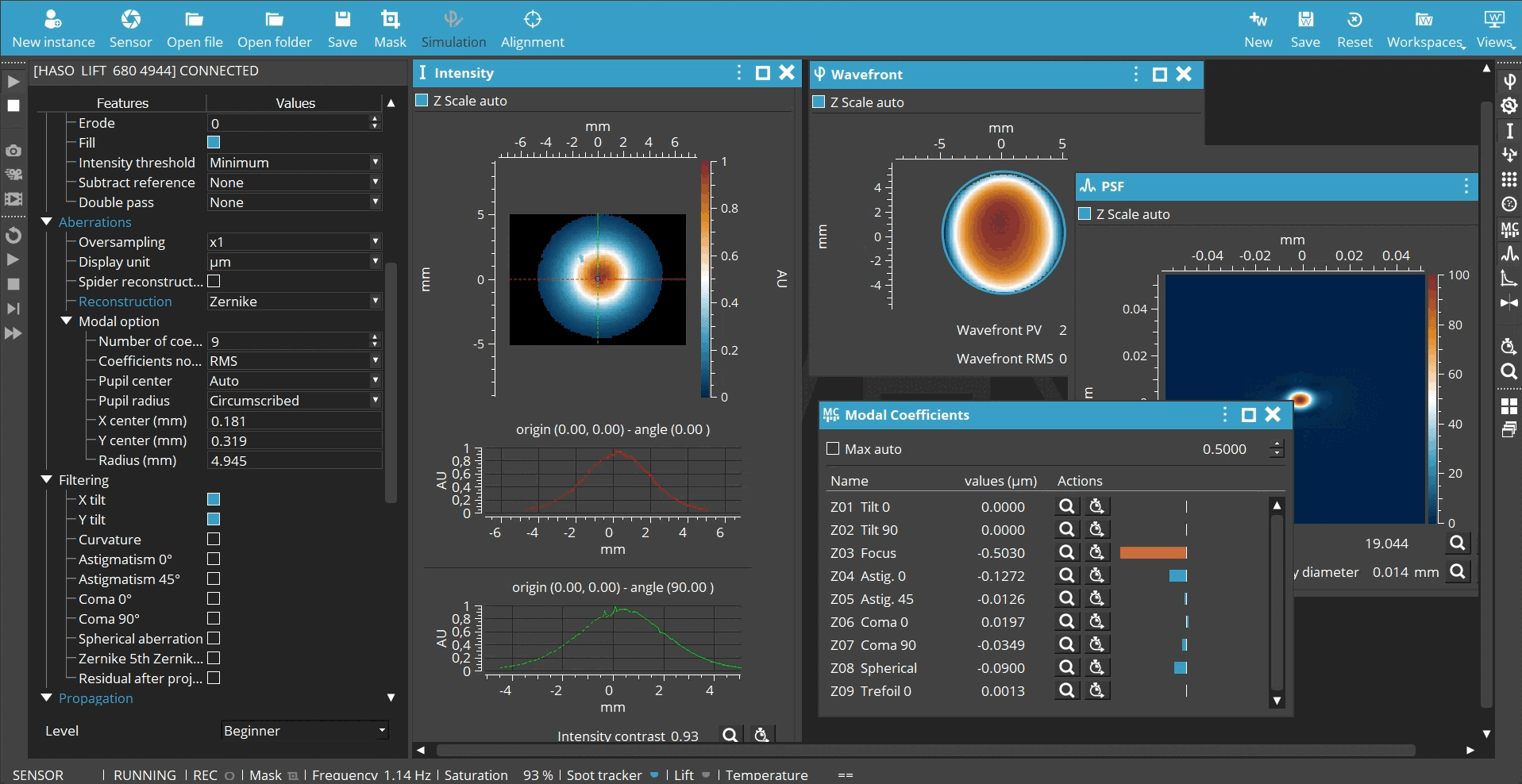
Lidar testing and alignment: live intensity profile, wavefront error, PSF, aberration breakdown by Zernike coefficients and laser beam collimation with a HASO Shack Hartmann wavefront sensor
A short history of LIDAR
+ In the 30s, Edward Hutchinson Synge proposed the concept of using light to measure distances (by measuring the time of flight of powerful searchlights) and to study the atmosphere
[+ June 1938: Superman crashes on earth close to Smallville, bringing Krypton planet technology in his spaceship…]
+ 1960: demonstration of the laser by Theodore Maiman
+ 1961: a LIDAR like system is developed by Malcom Stitch and called Colidar, by analogy to radar (acronym for RAdio Detection And Ranging)
+ In the 60s, LIDAR atmospheric studies focused on weather phenomena that cannot be seen by radar such as fog, dust, haze, smog, clouds, steam, and pollen
+ 1971: 3D mapping of the moon is performed with LIDAR technology during Apollo 15 mission
+ In the 80s, improvements in GPS are a major factor in the deployment of LIDAR in airborne applications
+ 2005: Dave Hall propose a 3D-lidar for self-driving cars
